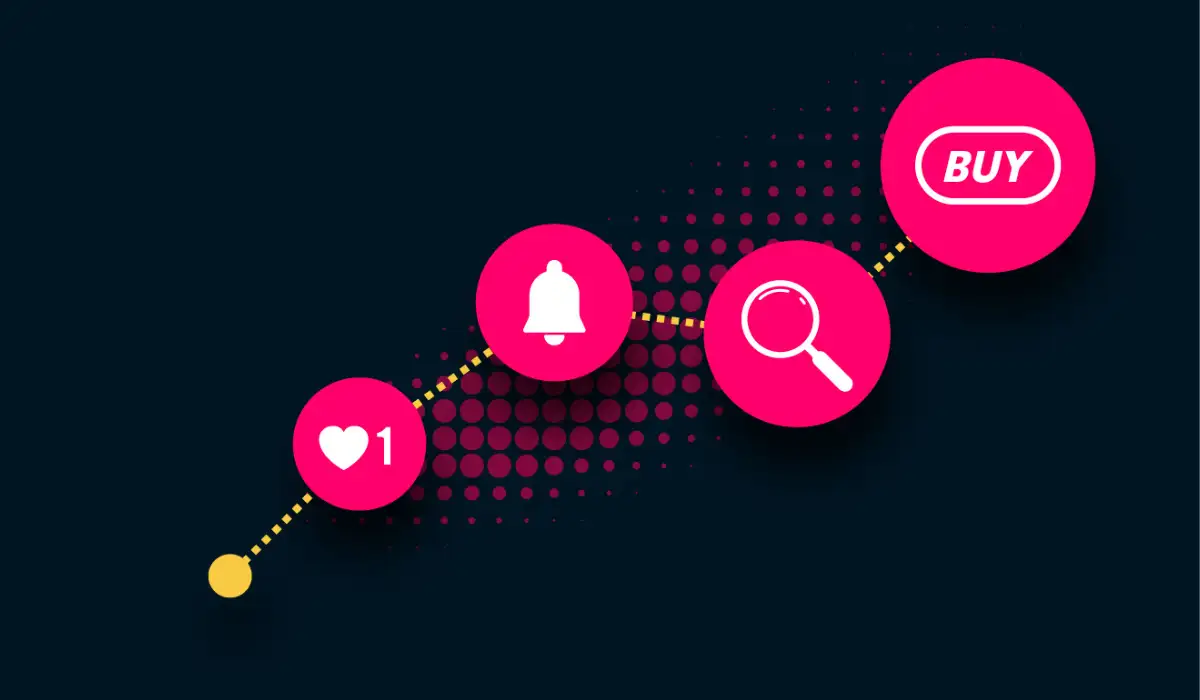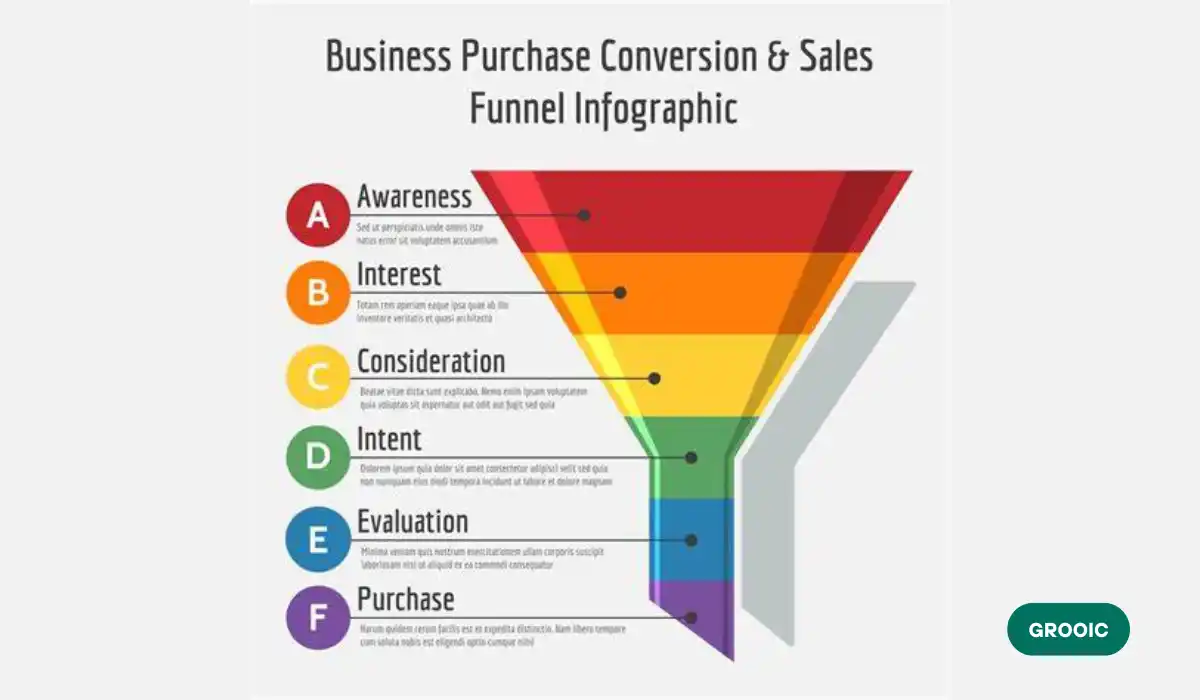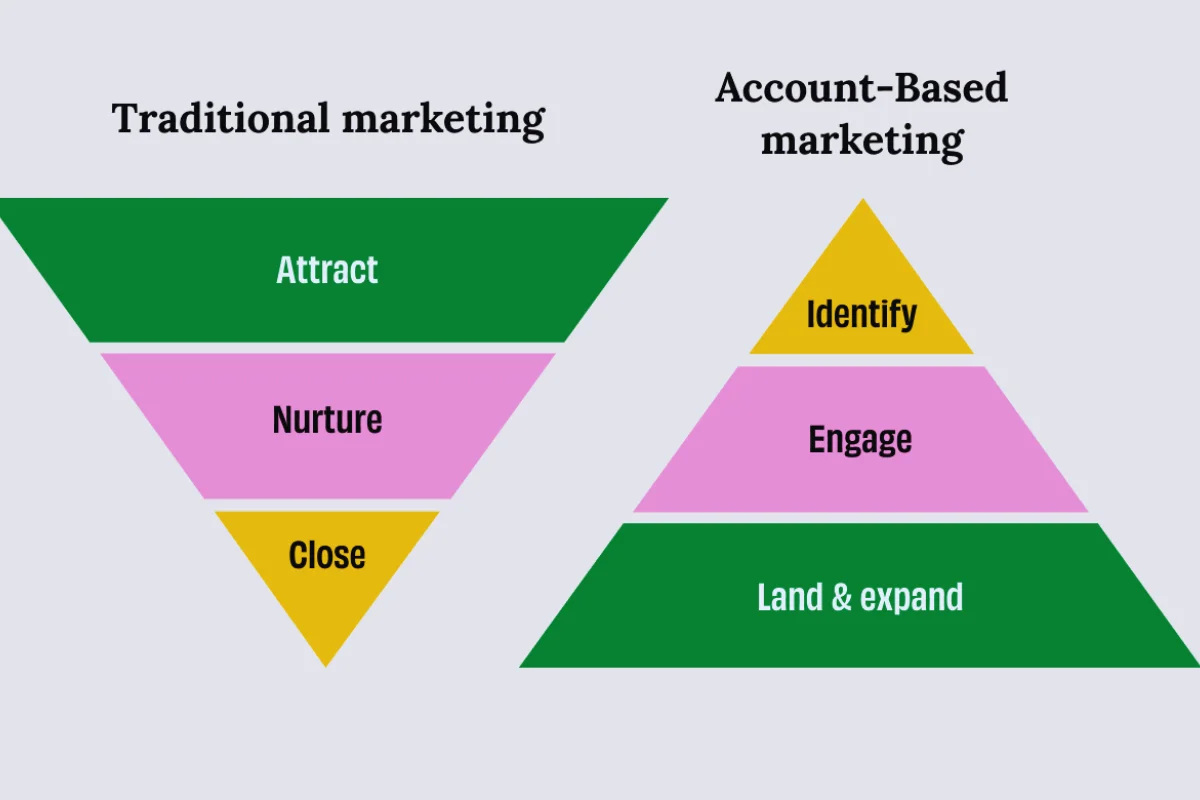Innovative marketing strategies are essential for businesses. Innovative marketing strategies enable businesses to differentiate themselves, engage customers on a deeper level, and bring growth. Micro conversions are small yet significant actions. Such as,
- Clicking a link,
- Signing up for a newsletter or
- Watching a video,
- Collectively driving towards a primary conversion goal.
Table of Contents
Micro Conversions
They are small tasks on a website done by individuals. They suggest participation and potential future purchases or sign-ups.
For example, clicking through links, downloading useful resources, or subscribing to newsletters can be termed as increasing click-through rate and conversion rate, and after that, we can compare click-through rate vs conversion rate to check that we are working on the right path or wrong.
Even though these activities may seem trivial, they help in showing customers’ interest and movement along the sales funnel. This data helps businesses understand consumer behavior. It lets them improve user experience and focus marketing on targeted needs.
Such interactions can be tracked using tools like Google Analytics. By analyzing micro conversions, firms can find the site parts that engage them best. They can use this knowledge to make better choices that raise conversion rates.
What Are Micro?
Micro conversions are small, measurable actions that users take on a website. They show engagement and potential for future macro conversions.
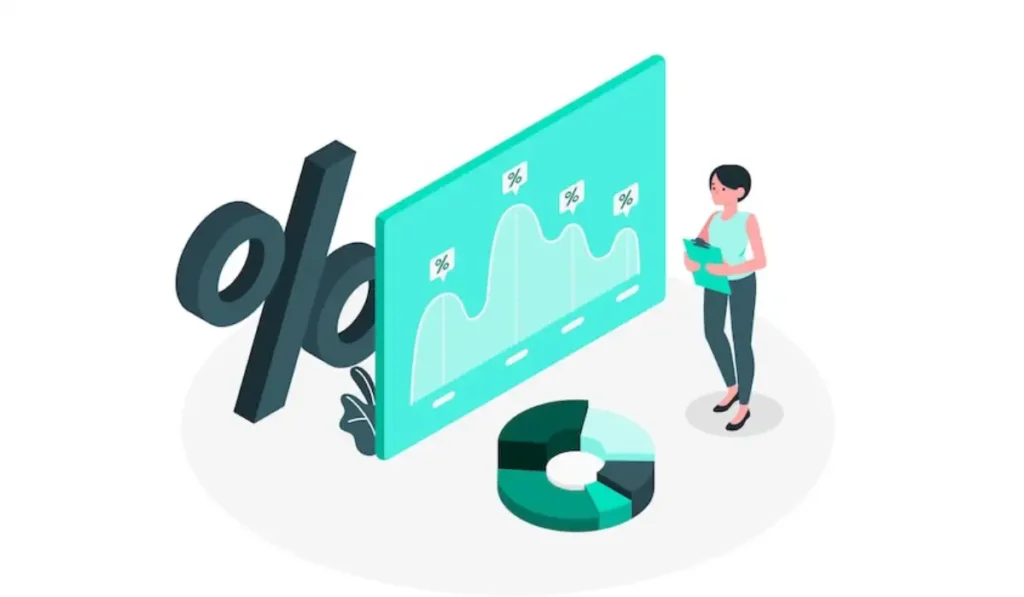
Examples are clicking on a product link, adding an item to a wishlist, or subscribing to a newsletter.
These activities do not expressly result in sales but they indicate user interest and movement through the sales funnel. Conversions tracking enables businesses to understand user behavior, optimize user experience, and improve their overall conversion strategies.
Define Micro Marketing
Micro marketing is the strategic marketing approach that is highly targeted at a specific, narrow segment of consumers.
Mass marketing seeks to target a large audience in contrast to micro marketing which focuses on a certain group having unique characteristics including geographic location, lifestyle, or buying behavior.
More topics about the difference between traditional and digital marketing,
| Aspect | Traditional Marketing | Digital Marketing |
| Targeting Precision | Limited, broader demographic | Highly precise, specific segments |
| Cost Efficiency | Generally higher costs | Typically lower costs |
| Customization | Limited customization | High level of personalization |
| Data Tracking | Difficult to track small segments | Easy to track detailed micro conversions |
| Engagement Methods | Direct mail, local events | Social media, targeted ads, email |
| Feedback Loop | Slower, less direct feedback | Immediate, direct customer feedback |
In Micro Marketing, you must keep track of Micro Conversions such as newsletter sign-ups, social media interactions, and small-scale purchases.
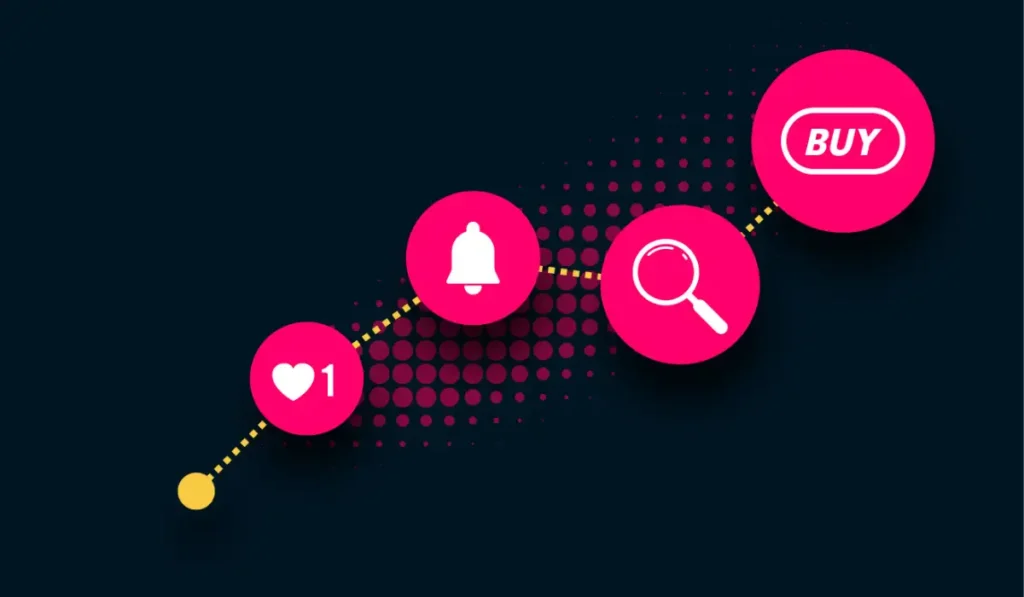
These metrics provide useful information about campaign effectiveness and customer behavior thereby helping companies refine their tactics for enhanced results over time.
Micro Conversion in Digital Marketing
Micro conversions in digital marketing are small activities. People do them to show their involvement and progress towards a major goal, like making a purchase.
Examples of micro conversions include subscribing to a newsletter, clicking on a product link, adding items to a shopping cart, or downloading a booklet.
Advantages:
- Insightful Data: Keep track of micro conversions to acquire detailed information on user behavior and engagement, which will help marketers understand what areas of their campaigns are effective.
- Possibilities for Optimization: They enable marketers to locate and resolve any bottleneck in the conversion funnel hence improving the user experience at different touch points.
- Better Targeting: With precise data about user engagement, businesses can refine their targeting strategies to better suit the needs and preferences of their audiences.
- Incremental improvements: This approach towards small, achievable actions eventually leads to gradual enhancements in total conversion rates and customer acquisition over time.
Demerits:
- Complex Tracking: Implementing and tracking micro conversions may be complicated and time-consuming since it requires sophisticated tools as well as analytics.
- Data Overload: There is too much data from various micro conversions that distract you from focusing on the most important metrics. It is also difficult to tell which one is more important than all others
- Resource Intensive; Continuous monitoring and optimization of Micro Conversions require significant resource input, a factor that could limit smaller businesses.
- Misleading Metrics: Focusing too much on micro-conversions might lead you to over-emphasizing minor interactions rather than your ultimate objective like actual sales.
In general, even though they offer important insights that give opportunities for improvement, micro-conversions need careful handling so as not to result in pitfalls that might negatively impact overall business goals.
Micro Conversions Importance
This is because micro-conversions are needed to serve as indicators of progress toward other business objectives. Some reasons for this include:
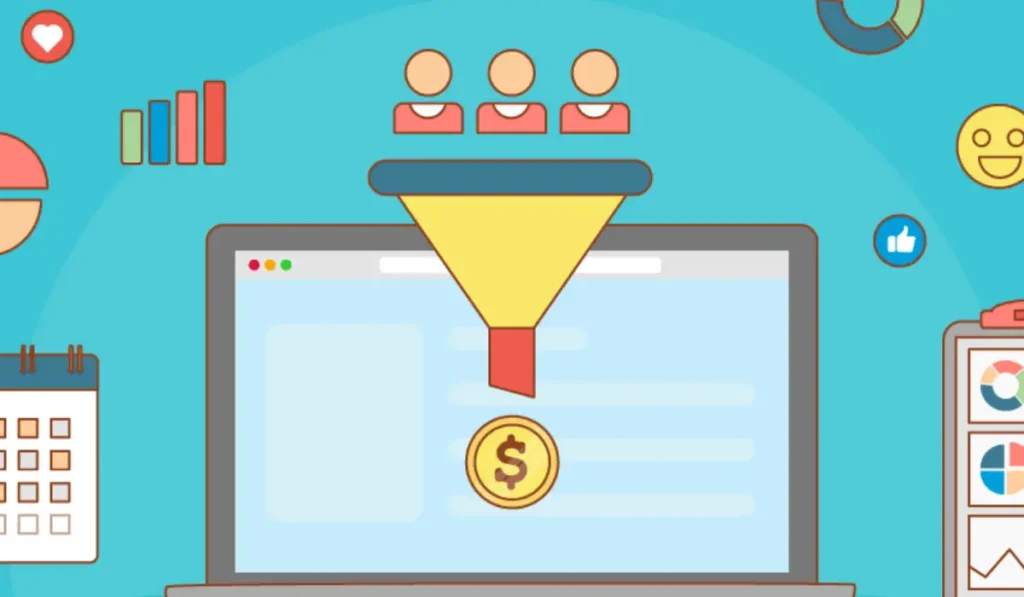
Customer Journey: Tracking the likes of email sign-ups, content downloads or social media shares gives an insight into how the customers engage with your brand before making purchasing decisions.
Segmentation and Targeting: These minor actions help in segmenting the audience according to their interests and behaviors hence enabling more specific marketing campaigns.
Opportunities for Optimization: Micro conversions analysis shows where potential customers fail to complete a purchase or where they are most engaged within the funnel so that businesses can optimize their conversion paths.
Early Engagement Metrics: It’s the customer’s early interest and engagement signals that can be used to forecast subsequent conversion rates and the lifetime value of clients.
ROI Measurement: In terms of measuring marketing ROI, micro conversions allow for a more accurate view since they portray steps toward revenue generation.
In conclusion, grasping and monitoring such minor actions is crucial when it comes to fine-tuning marketing strategies, enhancing customer experiences, and driving business growth.
Micro E-commerce
Micro e-commerce is the act of selling niche products or services using the internet platform. It usually aims at targeting unique markets that offer solutions that are not readily available in the normal retail market. There is a method called upselling and cross-selling that helps any e-commerce owner make the best decision. Some key points include:
Niche Focus: Focusing on particular customer preferences neglected by big stores.
Personalization: Ensuring that clients have a feeling of satisfaction and loyalty through customized shopping experiences.
Agility: Ability to quickly adapt to market trends and customer preferences due to smaller-scale operations.
Cost Efficiency: This involves lower running costs compared to traditional e-commerce models as achieved through efficient inventory management systems and targeted marketing strategies.
Community Building: Creating strong ties with one’s loyal customers through specialized content, forums, and customer support sections.
Analytics and Optimization: The use of data analytics to refine marketing strategies thereby enhancing conversion rates in a focused market environment
Micro e-commerce survives on its ability to deliver special value propositions and personalized experiences thus carving a lucrative niche in the competitive e-commerce landscape.
Conversion Rate Optimization
Conversion Rate Optimization (CRO) is a systematic process that is done to enhance the portion of people visiting websites who are taking a desired action such as,
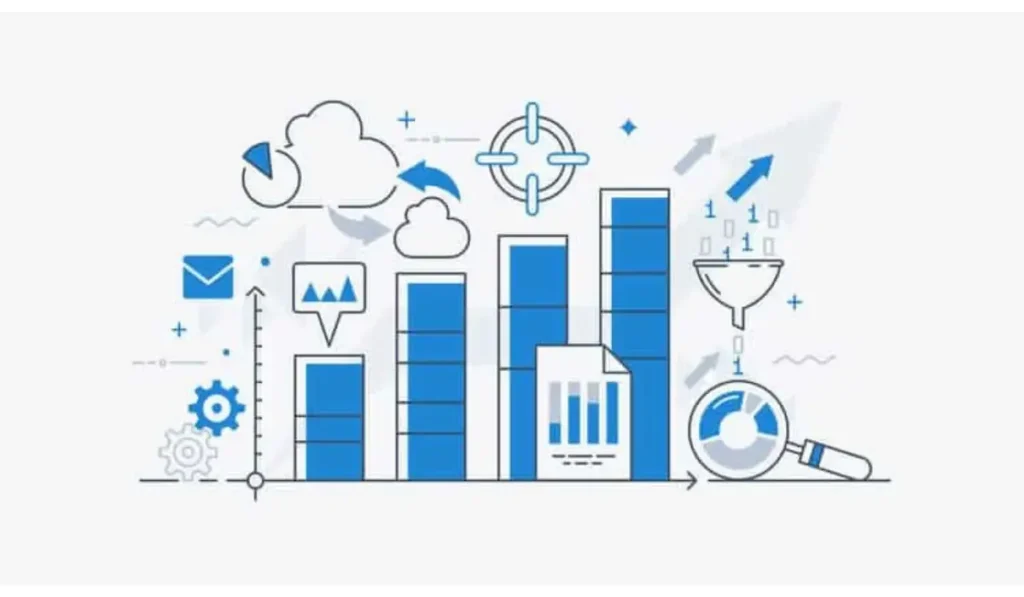
- Purchasing,
- Filling out the forms or
- Subscribing to newsletters.
This involves studying user actions on a web page, trying different things like headlines and layouts on that page, and making modifications that will drive more conversions. Here is a table of Micro conversion goals and it’s 2 CRO aspects:
| Micro Conversion Goal | CRO Aspect 1: Analysis | CRO Aspect 2: Optimization |
| Clicks on Call-to-Action | Analyze CTA placement | Optimize CTA design |
| Email Sign-ups | A/B test sign-up forms | Improve form usability |
| Social Media Shares | Analyze share button visibility | Test share button placement |
| Video Views | Analyze video engagement | Optimize video loading speed |
| Add to Cart | Analyze product page design | Simplify checkout process |
| Content Downloads | Test content offer | Improve download experience |
| Account Creations | A/B test registration form | Streamline account setup |
In this table:
- Micro Conversion Goal: Specifies the desired action users should take (e.g. Clicks on Call-to-Action).
- CRO Aspect 1: Analysis: The initial step of analyzing user behavior or page elements related to the micro conversion.
- CRO Aspect 2: Optimization: Involves making improvements or changes to enhance the likelihood of achieving the micro conversion goal.
Examples of Micro Conversion
Micro conversions are specific actions that indicate a user’s engagement or process towards a larger goal. Such as making a purchase. Examples include:
Email Sign-ups: Subscribing to newsletters or updates.
Add to Cart: Putting shopping cart items on the e-commerce website.
Social Media Engagement: Examples include likes, shares, comments, and follows.
Content Downloads: Reading gated content like eBooks, whitepapers, and reports.
Account Creation: Signing up for an account on a website or app.
Video Views: Watching part of a video or finishing it till the end.
Form Submissions: Fill out contact forms, surveys, and registration forms.
Tracking these micro-conversions is important for businesses as it can help them understand user behaviors, optimize conversion funnels, and make marketing more personalized so that overall conversion rates and user experience are improved.
What is Micro Conversion
A micro-conversion is a minor yet significant action that users take on a website or digital platform to show their movement toward the main conversion objective.
On the other hand, unlike macro conversions that are directly associated with making a purchase or signing up for a service. Micro conversions are meantime steps constituting part of an entire process of conversion.
Examples of micro conversions include product link clicking, shopping cart item addition as well as newsletter subscription and free resource downloading.
CRO Tools
Tools for CRO are very important in understanding and enhancing detailed conversions that happen on websites. Google Analytics and Crazy Egg, Hotjar are among the various tools that enable individuals to understand customer behavior by indicating heatmaps, session recordings, and A/B testing.
Hotjar shows how,
- Users click,
- Scroll and
- Interact visually through its heatmap tools on a webpage.
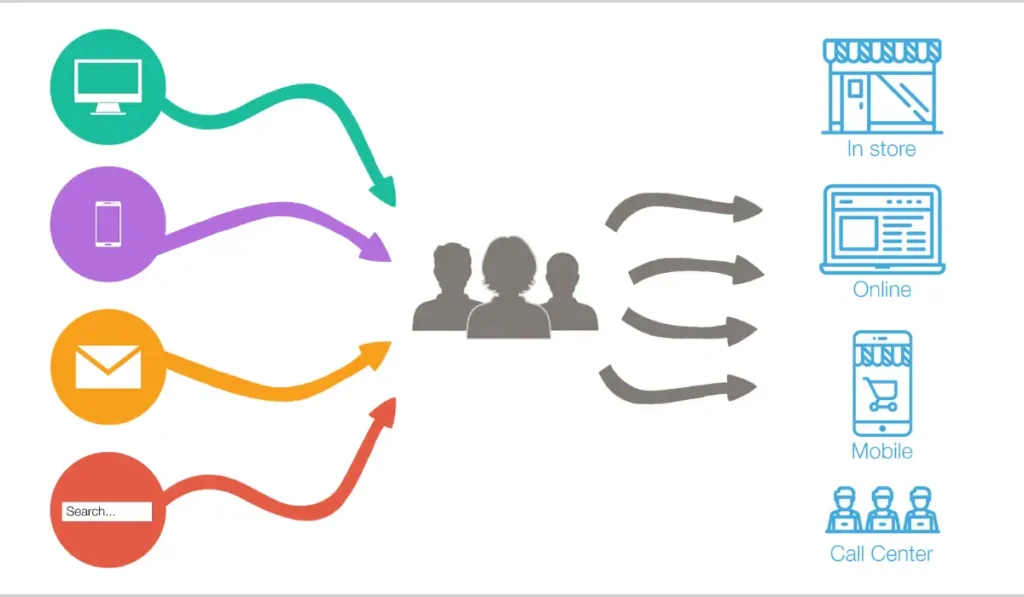
This helps companies to identify what draws attention and which things are overlooked.
Visitor sessions can be replayed with session recording tools, showing how they move around the site as well as blocking or distracting them from their paths.
Google Optimize as an A/B testing tool allows businesses to try different versions of their webpages or elements to know which one gives more micro conversions like clicks on call-to-action buttons or form submissions.
By using these CRO tools, organizations can find optimization opportunities, improve user experience, and then increase micro-conversion rates.
FAQs
How do you calculate micro conversions?
Calculating micro conversions means tracking small actions. Users do them on a site or app to show engagement and progress. Now you can calculate micro-conversions using:
1. Identify Micro Conversions,
2. Set Up Tracking,
3. Define Goals,
4. Collect Data.
Analyze the data to see how often these micro-conversions happen. They are often shown as conversion rates (e.g. sign-ups per visit).
What is the micro conversion?
A micro-conversion is a small action that users take on a website or application. It shows engagement or progress towards a macro conversion, the main goal. Examples include:
1. Sign up for a newsletter.
2. Downloading a whitepaper or e-book.
3. Watching a video.
4. Adding a product to a cart.
5. Creating an account.
6. Engaging with interactive content (e.g., a quiz or survey).
What is the main difference between conversions and micro conversions?
The big distinction is in the magnitude and importance of the actions.
Macro Conversions (Conversions): These are essentially the goals of the website or app that are important actions linked to business objectives.
For instance, making a purchase, signing up for a paid subscription, or requesting a quote.
Micro Conversions: These are smaller tasks that imply engagement by the user and progression towards a macro conversion. They are not ends in themselves but they form vital steps of users journey towards macro conversions.
How are micro conversions different from macro conversions?
The role played by micro conversions in the user journey and their influence on business objectives distinguishes them from macro conversions.
According to User Journey: Users take some steps towards a macro conversion which is a path they follow. This often signifies small but incremental milestones and engagements.
On the other hand, Macro conversions are the ultimate sought-after actions that help fulfill the main reasons behind having the given website or application.
Business Objectives’ Impact: Business goals like revenue generation or lead acquisition can be directly influenced through macro conversions.
However, these smaller goals barely contribute anything to the achievement of such higher goals as they just guide users toward them.
How do I track micro conversions?
To follow micro conversions, do the following:
Identify Key Actions: Specify which actions on your website or app are considered micro conversions.
Set Up Tracking Mechanisms:
Google Analytics: Use Event Tracking or set up Goals for specific actions.
Event Tracking: For clicks, form submissions, video plays, and more.
Goals: Events that occurred, pages viewed or engagement metrics define goals.
Other Analytics Tools: If you use other tools like Adobe Analytics, and Mixpanel among others, set up similar tracking mechanisms.
Use Tag Management: Google Tag Manager and other tag management systems can deploy tracking codes without changing a single line of code in your site’s core codebase.
Monitor and Analyze Data: Regularly inspect the gathered data to learn about user behavior and frequency of micro-conversions. Look for patterns and weak areas to be improved.
Adjust Strategies: Depending on the findings made, adjust your marketing and engagement strategies to increase conversion rates for both micro and macro channels.
By tracking micro conversions properly, you can get insights into user behavior and improve your overall conversion funnel.

